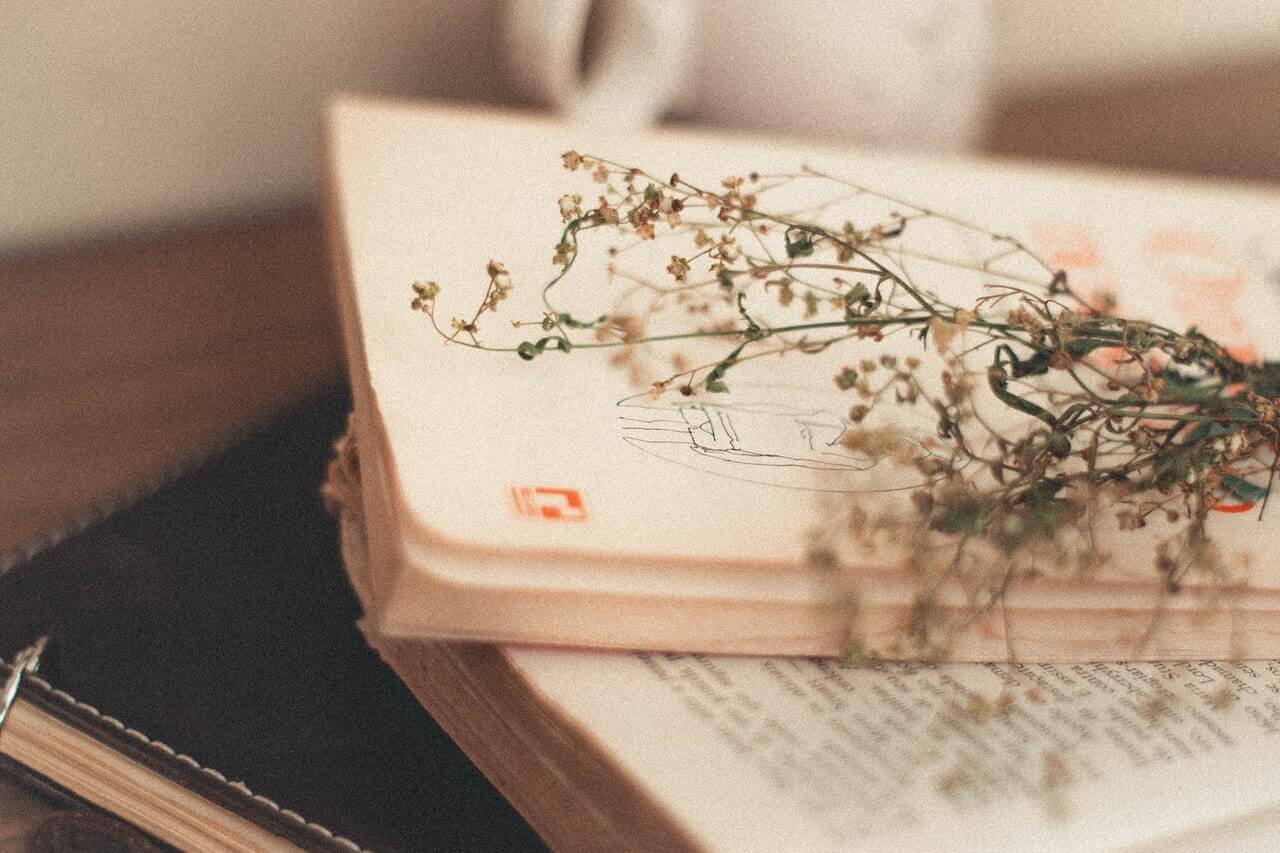The word poetry makes you think of rarefied tomes on dusty bookshelves, readings with glasses of sparkling white wine, or trudging dutifully through homework. Poetry is exploding in popularity: brewing in Instagram, playing on Spotify, being shared on Twitter and going viral on YouTube like wildfire.
Let’s disregard high-brow impenetrability, today’s poets are pop-culturally literate, politically engaged, and explicitly candid. The current generation is producing surprise best-selling compilations, garnering the most prestigious prizes going, and killing it on stage at Glasto… and they’re mostly women.
The 21st century content of the new poetry aligns with broader cultural shifts, especially fourth-wave feminism. The angry activism of young women demanding to be heard is coming through loud and clear; so is the outspokenness about sex, relationships, mental health and bodily functions that we’ve seen in other art forms.
Reinforcing gender issues has a widespread effect on thought among literary observers. Reading as a woman means studying with awareness of unraveling the presumption and ideology of male power, which is patriarchy. The difference of gender in the creator, reader, element of work, and those outside factors which influencing situation of literature communication system. The use of feminism theory is expected to provide new views, especially relating to how the characters are represented in literary works. The works of female authors are less calculated, but their work is no less important than the works of male authors. Both traditional works of literature and views about humans in literary works generally reflect an imbalance that marginalizes the role of women.









